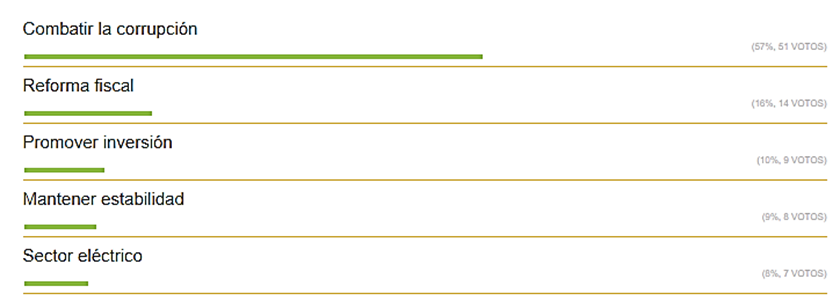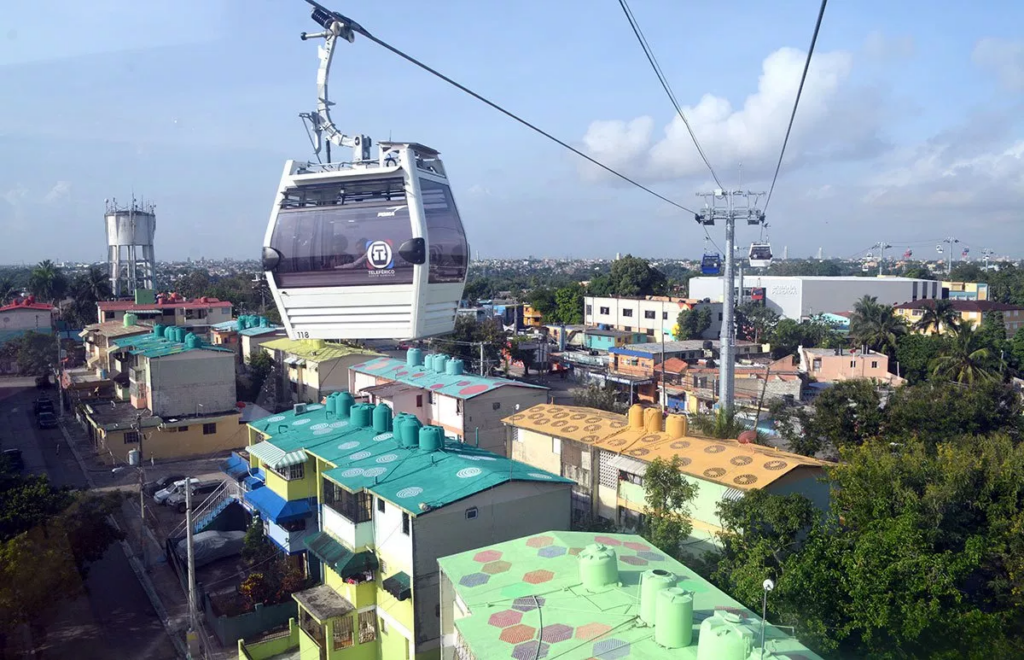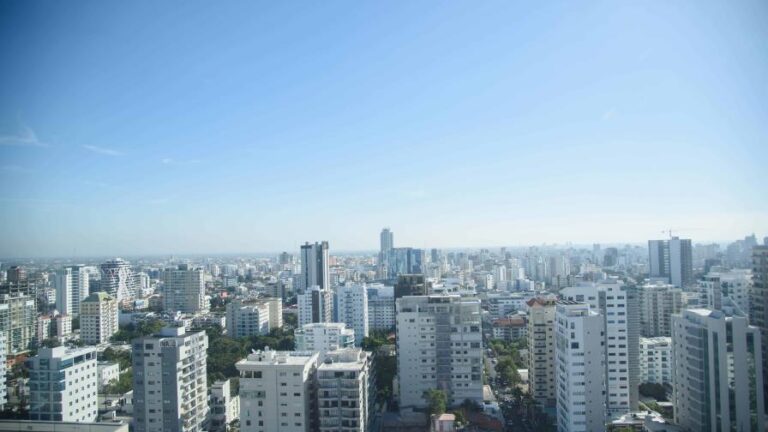Para el próximo 2019 el producto interno bruto (PIB) de República Dominicana tendrá un crecimiento de un 5.7%, inferior al de 2018, “pero más acorde con el potencial de la economía a largo plazo, estimado en un 5,0% anual”, según estimaciones de la Comisión Económica para América Latina y el Caribe (CEPAL).
El Balance Preliminar de las Economías de América Latina y el Caribe, difundido en Chile, señala que “este menor crecimiento económico se deberá al ajuste en la postura de la política monetaria, así como a una disminución del dinamismo del sector externo”.
Recuerda que Estados Unidos seguirá siendo un factor clave en el desempeño del sector de los servicios y en el flujo de remesas. El principal desafío en materia fiscal al que deberá hacer frente República Dominicana en 2019 serán las repercusiones del precio de petróleo sobre el desempeño del sector eléctrico y, por ende, sobre las finanzas públicas.
Total de votos: 89
La Cepal estima que en 2018 la economía de República Dominicana registrará un crecimiento del 6.3%, un repunte significativo con respecto al 4.6% observado en 2017, dice el documento.
El crecimiento de 2018 lo atribuye al estímulo monetario instrumentado a mediados de 2017, “así como del robusto crecimiento de la economía de Estados Unidos, principal socio comercial de República Dominicana y su mayor fuente de remesas y turistas”.
“Se estima que el déficit del sector público no financiero se situará en torno a un 2.8% del PIB a finales de 2018 (frente a un 3.2% en 2017), debido al aumento de la recaudación impulsado por mejoras en la administración tributaria y una desaceleración notable del crecimiento de los gastos”.
El documento explica que el déficit de la cuenta corriente se incrementará 0.9 puntos porcentuales y se ubicará en un 1.1% del PIB, algo que atribuye sobre todo a la subida de los precios internacionales de los combustibles.
Indica que el ascenso de los precios de los productos energéticos también tuvieron efectos sobre la inflación, la cual se situará entre el 3.5% y el 4.0% al final de 2018, en comparación con un 4.2% en 2017.
Añade que la inflación se mantendrá dentro del rango meta del Banco Central, situado entre el 3.0% y el 5.0%.
“La tasa abierta de desempleo se ubicó en el 5.5% al cierre del tercer trimestre de 2018, es decir, 0.4 puntos porcentuales por debajo de la registrada en el mismo período de 2017. Se anticipa que, en 2019, continuará el dinamismo en la generación de empleo, gracias
al crecimiento de sectores productivos como la construcción”, indica.
Resalta que entre enero y septiembre de 2018 los ingresos totales del sector público no financiero aumentaron un 7.9% interanual en términos reales, un 8.0% en el mismo período del año anterior.
Indica que pese a la incertidumbre generada por la política de inmigración en Estados Unidos, las remesas familiares han seguido aumentando un 10.2% interanual entre enero y septiembre de 2018.
Fuente: El Dinero[:en]
In 2019, Dominican Republic´s gross domestic product (GDP) will have a growth rate of 5.7%, lower than 2018, «but more in line with the economy´s long term potential, estimated at 5.0% per year», according to estimates by the Economic Commission for Latin America and the Caribbean (ECLAC).
The Preliminary Overview Latin America and the Caribbean Economies, published in Chile, indicates that «this lower economic growth will be due to adjustments in the monetary policy stance, as well as to a decrease in the dynamism of the external sector.”
Remember that the United States will continue to be a key factor in the performance of the services sector and in the flow of remittances. The main fiscal challenge facing the Dominican Republic in 2019 will be the repercussions of oil prices on the electricity sector´s performance and, therefore, on public finances.
What should the government focus on in 2019?
Fight corruption (57%, 51 votes)
Tax Reform (16%, 14 votes)
Promote investment (10%, 9 votes)
Maintain stability (9%, 8 votes)
Electric sector (8%, 7 votes)
Total votes: 89
ECLAC reckons that the Dominican economy will register a growth of 6.3% in 2018, a significant rebound from the 4.6% seen in 2017, the report says.
The growth in 2018 is attributed to the monetary stimulus implemented in mid-2017, «as well as the robust growth of the US economy, the Dominican Republic’s main trading partner and its largest source of remittances and tourists.»
«It is estimated that the deficit of the non-financial public sector will be around 2.8% of GDP at the end of 2018 (compared to 3.2% in 2017), due to the increase in revenue driven by improvements in the tax administration and a noticeable deceleration in the growth of expenses.» The document explains that the current account deficit will increase 0.9 percentage points and will be located at 1.1% of GDP, which is attributed mainly to the rise in international fuel prices.
It indicates that the rise in prices of energy products will also affect inflation, which will be between 3.5% and 4.0% at the end of 2018, compared to 4.2% in 2017. It adds that inflation will remain within the Central Bank’s target range, between 3.0% and 5.0%.
The report states «The open unemployment rate stood at 5.5% at the end of the third quarter of 2018, i.e., 0.4 percentage points below that registered in the same period of 2017. Forecasts are for job creation to continue to be brisk in 2019, thanks to the growth of productive sectors such as construction.»
It is worth noting that between January and September of 2018, the total income of the non-financial public sector increased 7.9% year-on-year in real terms, 8.0% in the same period of the previous year.
The report indicates that despite the uncertainty generated by the US immigration policy, family remittances have continued to increase by 10.2% year-to-year between January and September 2018.
Source: El Dinero[:]






